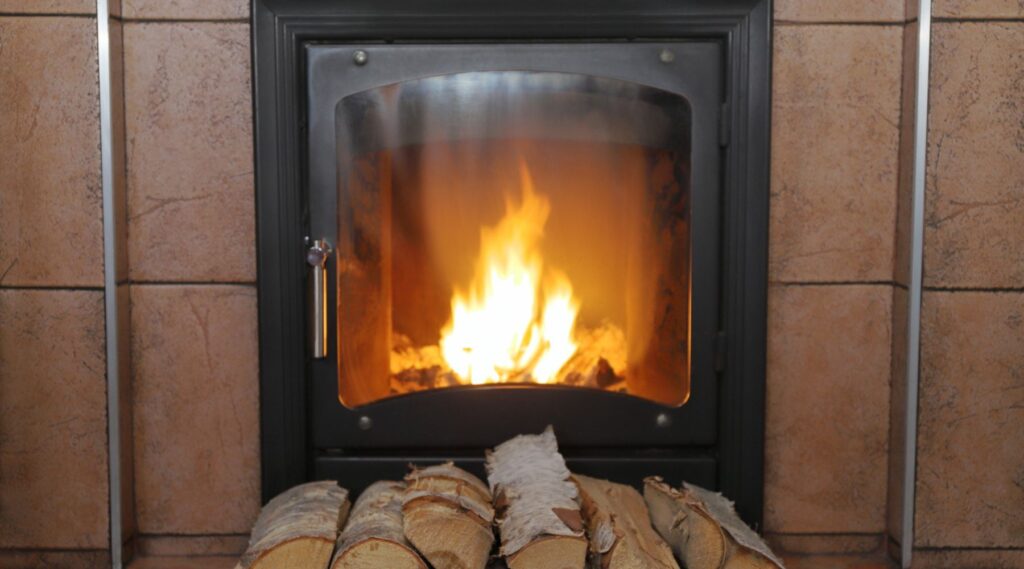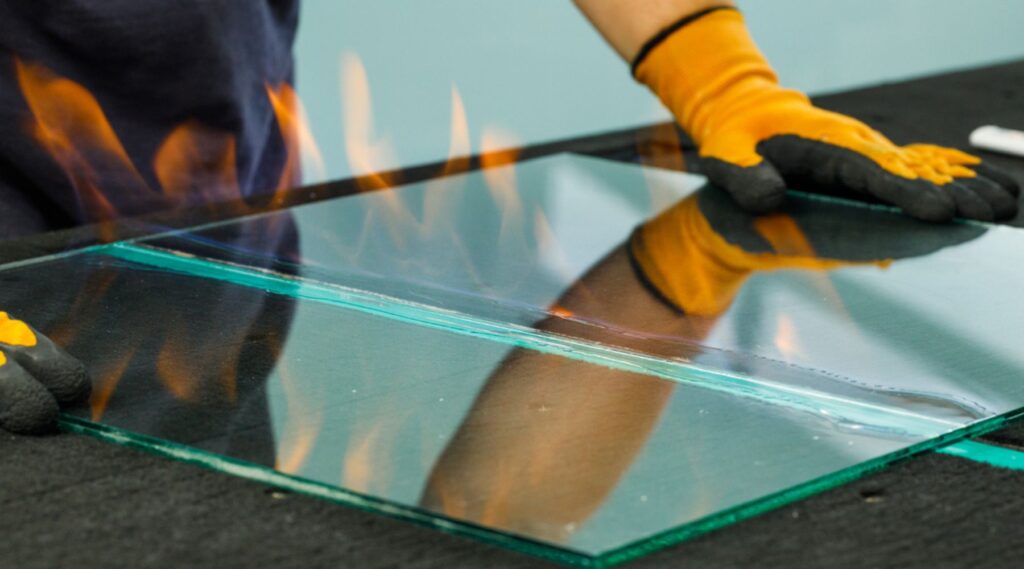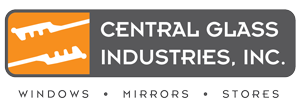Choosing the Right Fire-Resistant Glass for Your Building Project
Imagine the wing of a laboratory, spotless, humming with precision, behind a wall of glass, when suddenly, a fire breaks out. The glass holds firm, protecting critical equipment and giving everyone time to evacuate. This is the selling point of fire-resistant glass; it buys you time and confidence in the event of an emergency.
At Central Glass Industries, we’ve handled projects ranging from sterile hospital corridors to meticulous clean-rooms for biotech. Lately, demand for fire-rated glass (sometimes rated for 60 minutes, sometimes two hours or more) is rising fast. Clean-room environments, hospitals, and research labs are seeing it as a safety necessity and a design asset.
What You’ll Learn In This Post:
Ready to install fire-resistant glass for your next project?
Why Fire-Resistant Glass Matters More Than Ever
A few years ago, fire safety might’ve been “nice to have.” Now, it’s central. City and state codes call for fire-rated glass in strategic areas like stairwells, lab partitions, and exit routes. Hospitals, for example, often require a full 60-minute fire rating, sometimes even 120 minutes, meaning that in the event of a fire, the glass will resist flames and heat for that long.
Real-world data backs this up. Studies show that in buildings fitted with fire-rated glazing systems, fire spread slows by up to 75 percent, giving first responders a bigger window to act. That’s powerful peace of mind.
Types of Fire-resistant Glass

Let’s break down some common types—think of it like picking tools from a toolbox:
- Wired Glass: This is old-school but sturdy. A mesh is embedded in the glass, helping it stay intact even if cracked. It’s reliable, though it can feel a bit industrial or “dated” in appearance.
- Ceramic Fire Glass: Picture crystal-clear viewing panels that resist scalding heat. These are perfect where you want panoramic visibility (like in a hospital corridor or a modern lobby) while still meeting a two-hour fire rating.
- Intumescent Glass: Think of it like a sponge that absorbs fire. When heat hits, it swells into an insulating barrier. Practical, versatile, and increasingly popular in buildings where clean aesthetic and safety collide.
- Laminated Fire Glass: Layers of glass with heat-resistant film in between. kind of like the pages in a high-performance book. It stays put even when temperatures climb, maintaining both clarity and protection.
Fire-Rated vs. Tempered Glass: Why They’re Not the Same Thing
It’s tempting to use “tough glass” (tempered glass), but don’t get them mixed up:
Fire-Rated Glass
- Designed to withstand high heat for specified time frames (e.g., 60 or 120 minutes)
- Often code-mandated in corridors, labs, and exit areas
- Typically has certifications like UL-rating and complies with local codes
Tempered Glass
- Shatters safely under impact, not heat
- Used where breakage rather than fire spread is the main safety concern
- Not rated for fire; excels in impact resistance
Navigating Codes, UL Listings, and Compliance
When we talk about safe and legal, we’re talking about compliance. UL-rated means the glass has passed official testing—imagine simulated fires, heat ramps, smoke exposure—all to ensure it holds up.
Before installing, check local building codes. Some jurisdictions require a two-hour rating for certain lab or hospital zones, while others are content with 60 minutes. Verify early to avoid last-minute surprises.
Where You’ll Actually Use Fire-Resistant Glass

Here’s the practical bit; where does this glass matter most? A few examples from real builds:
- Lab corridors and hospital wings: You want visibility (for monitoring scenes) but also containment in emergencies.
- Clean-room partitions: Fire safety is critical, yet these spaces must remain sterile and controlled.
- Commercial storefronts: Think high-end retail or hospital clinics, where you want transparency plus safety, without sacrificing style.
Selecting the right zones starts with understanding smoke risks, traffic flow, and code requirements, and in some cases, incorporating fire-resistant storefront glass to elevate both safety and style.
How We Make It Happen (and Keep It Looking Sharp)
At Central Glass Industries, installation isn’t just slapping glass into a frame. We view each job like setting a gemstone:
- Precision installation ensures seals and frames do their job. A two-hour rated panel is only as good as its framing.
- Regular check-ups: Every six or twelve months, we advise inspections to watch for seal degradation or damage.
- Cleaning protocols: In labs and hospitals, our team coordinates with site requirements to leave the installation area clean and ready for use, while ensuring fire sealing meets project specifications.
A quick cleanup tip: avoid abrasive cleaners on ceramic panels; a gentle solution and microfiber cloth do the trick, and keep that UL rating intact.
Fire-Resistant Glass That Protects and Elevates Your Design
Fire-resistant glass offers safety without sacrificing style. It helps protect people by slowing the spread of fire, all while meeting strict building codes and blending seamlessly into modern designs. From ceramic to intumescent, wired to laminated, each type serves a unique purpose—and the right choice depends on your project’s needs.
Planning a build or renovation in a lab, hospital, research facility, or tech-forward space? Central Glass Industries can help you choose the ideal fire-rated glass and handle installation with precision, so your building stays safe, functional, and visually striking. Reach out to Central Glass Industries today and get glass solutions tailored to your space.
Serving Newark, Palo Alto, Fremont, Union City, Milpitas, Hayward, and surrounding cities for over 40 years, we’re your trusted partner for everything from windows and doors to custom railings, mirrors, and shower enclosures. No project is too big or too small—whether you’re upgrading your windows for energy efficiency or enhancing your interiors with custom glass, our in-house team of experts will bring your vision to life.
We are licensed, bonded, & insured | California Contractor’s License #908623
FAQs
What is the best fire-resistant glass for commercial buildings?
The best fire-resistant glass depends on your needs, but options like wired glass, ceramic glass, and intumescent glass offer varying levels of fire protection and are commonly used in commercial settings.
Is fire-rated glass required by building code?
Yes, fire-rated glass is often required in corridors, stairwells, exit paths, and other areas where building codes mandate fire resistance.
What’s the difference between fire-resistant glass and tempered glass?
Fire-resistant glass is designed to withstand heat and prevent fire spread, while tempered glass is built to resist impact and shatter safely but, does not provide fire protection.
